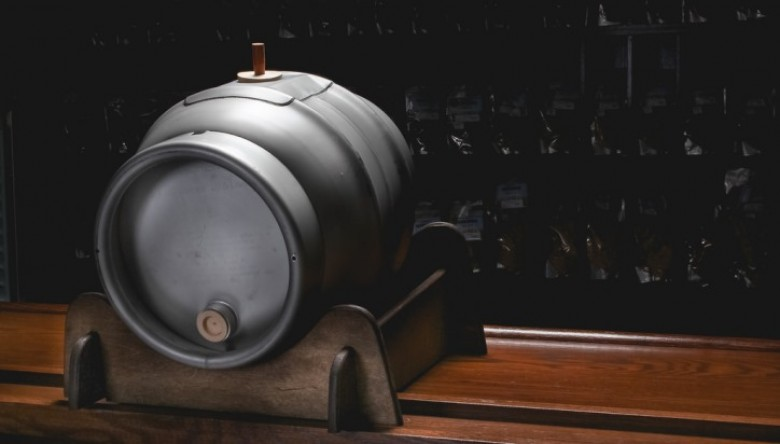What is Cask Ale?
Also known as real ale, cask ale is an unfiltered, unpasteurized form of beer that undergoes a second fermentation process inside a cask – hence the name. The way it’s stored in the cask changes the flavor and makeup of the alcohol. Because it’s not filtered, there’s more time for the ale to soak up all the flavors. This has given cask ale the accurate reputation for being more aromatic in nature.
The beer-making process is the same as any other up until the ale is placed in the container. Once the beer is inside the vessel, the second fermentation occurs. A little yeast acts as the jumpstart for this process that will ultimately carbonate the beer. Sometimes sugar or extra hops are added to help ensure the beer does carbonate and clear up. It can take from a couple days to 2 weeks to serve the cask ale. It’s ready to be consumed when the yeast or remaining deposit settles to the bottom of the container. This live yeast that’s a part of the cask ale is what makes it vastly different from regular lager, and for this reason it’s highly perishable.
How is it Served?
The way it’s dispensed is crucial to the positive or negative experience someone may have with cask ale. A lot of misconceptions come from a bad tasting that can most likely be attributed to bad dispensing. As mentioned before, since real ale contains live yeast it should be consumed fairly quickly upon tapping the cask. If it’s not drunk within a small window (no more than 48 hours is our recommendation) people can claim the ale is murky or flat. It’s crucial that cask ale is stored at the proper temperature, because common complaints about it state that the draught was too warm. The ideal temperature is between 50 and 55º F and should by no means reach room temperature.
Keeping these points in mind, it’s time to tap the cask. There are two ways to do this: you can either dispense the ale with a beer engine or a cask tap . For most of us, the cask tap is the way to go as it’s a low-cost tool and uses the force of gravity to tap the ale. A faucet is hammered into a keystone of the barrel and then from there the cask ale is dispensed with a helpful push from gravity. The only time a beer engine is necessary is for a commercial setting, otherwise the cask tap will do the job.
Get Drinking Your Own Cask Ale
Now that you know more about real ale, it’s time to get going and try it out! Here at KegWorks we sell all the essential cask ale tools <http://www.kegworks.com/draft-beer/cask-ale-supplies> needed to store and serve this beer. A few key supplies are listed below:
-
Pin Cask for Real Ale - Stainless Steel - 5.4 Gallons
Use this Pin cask from Geemacher to serve your own cask-style real ale with ease and efficiency. Learn More
$178.99
-
KegWorks Wooden Stillage For Casks
Handcrafted by skilled woodworking artisans, this stillage is designed for use with either pin or firkin casks. Learn More
$39.99
-
Wooden Keystone Bung for Cask Ale
Prevent your cask ale from spilling out the keystone by using this wooden keystone bung. Learn More
$1.25
-
Cask Ale Tap - 3/4" Thread - With Built-In Non-Return Valve
For a cask of real ale, a regular beer tap won’t do. You need this specially designed cask ale tap instead. Learn More
$44.99
Any further questions on cask ale or how to properly dispense it? Comment on this blog post, or send us a message on Facebook for more information!
Visit Kegworks.com for all your cocktail needs!





